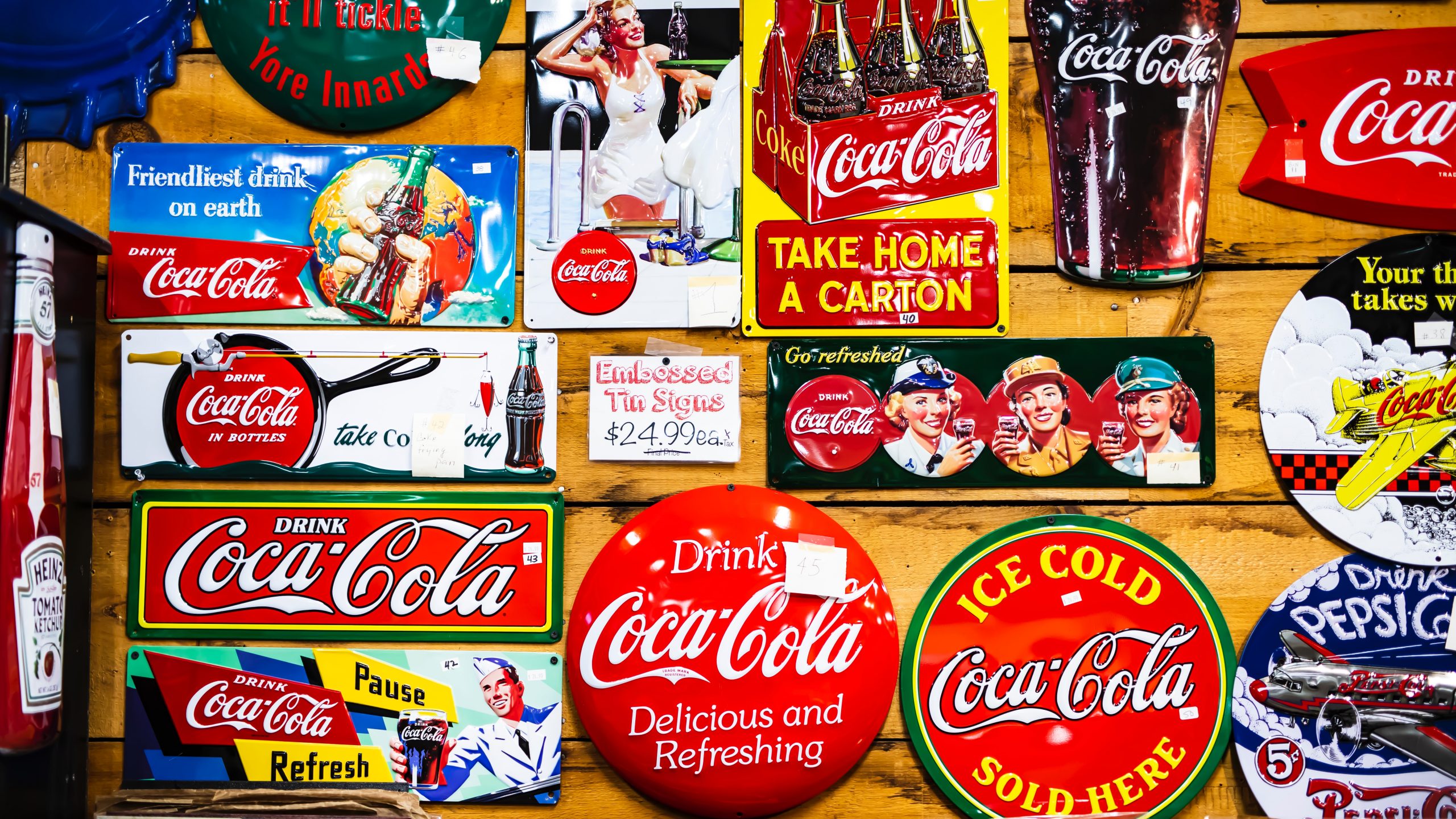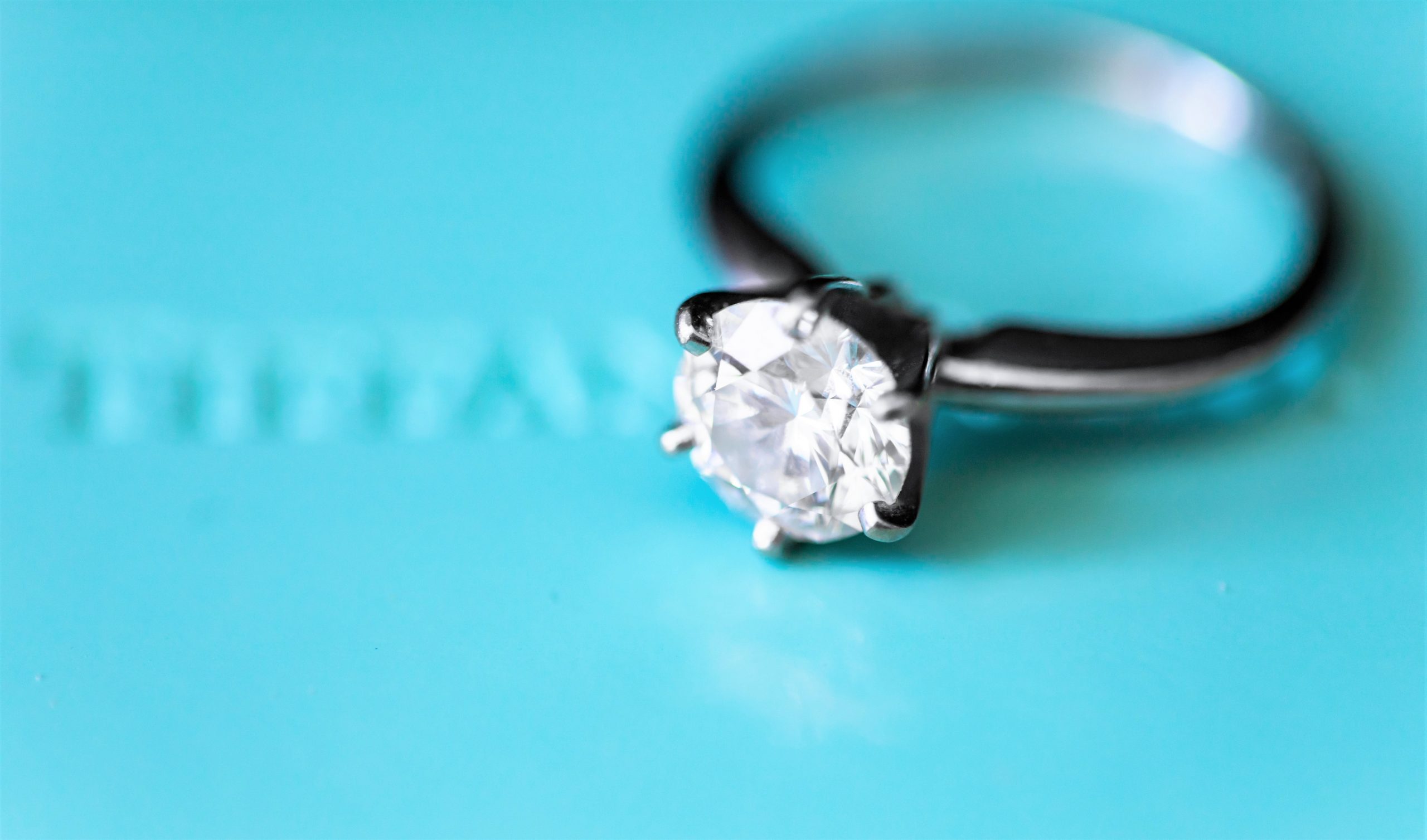22. Branding
A consists of any name, term, design, style, words, symbols or any other feature that distinguishes the goods and services of one seller from another. A brand also distinguishes one product from another in the eyes of the customer. All of its elements (i.e., logo, colour, shape, letters, images) work as a psychological trigger or stimulus that causes an association to all other thoughts we have about this brand. Jingles, celebrities, and catchphrases are also oftentimes considered brands.
The word “brand” is derived from the Old Norse ‘brand’ meaning “to burn,” which refers to the practice of producers burning their mark (or brand) onto their products. Italians are considered among the first to use brands in the form of watermarks on paper in the 1200s. However, in mass-marketing, this concept originated in the 19th century with the introduction of packaged goods.
During the Industrial Revolution, the production of many household items, such as soap, was moved from local communities to centralized factories to be mass-produced and sold to the wider market. When shipping their items, factories branded their logo or insignia on the barrels used, thereby extending the meaning of “brand” to that of trademark. This enabled the packaged goods manufacturers to communicate that their products should be trusted as much as local competitors. Campbell’s Soup, Coca-Cola, Juicy Fruit gum, Aunt Jemima, and Quaker Oats were among the first products to be “branded.”

Branding is crucial to the success of any tangible product. In consumer markets, branding can influence whether consumers will buy the product. Branding can also help in the development of a new product by facilitating the extension of a product line or mix, through building on the consumer’s perceptions of the values and character represented by the brand name.

The goal when developing a brand is to create value. You do that by emulating the characteristics and values that your customers desire. Branding is present throughout everything your organization touches—it is not just a logo. Every design shown and communication made to the consumer are examples of branding.
Branding Attributes
Brands have intrinsic and extrinsic attributes. refer to functional characteristics of the brand: its shape, performance, and physical capacity (e.g. Gillette razors shave unwanted hair and are able to do so more closely than most products in their product class because of their curved shape). Should any of these attributes be changed, they will not function in the same way or be the same product.
Examples of are features like the price of the Gillette razors, their packaging, the Gillette brand name, and mechanisms that enable consumers to form associations that give meaning to the brand. For example, it can appear more desirable because David Beckham, who is a brand himself, advertises it.
Some refer to a brand’s function as the creation and communication of a multidimensional character of a product—one that is not easily copied and damaged by competitors’ efforts.
Brands have different elements, namely brand personality (functional abilities), brand skill (its fundamental traits—e.g. Chanel No 5 is seen as sexy) and brand relationships (with buyers) or brand magic. These elements are what give the brand added value.
Marketing and advertising are about selling your products and services. Branding is about selling everything associated with your organization . The consumer perception of brands is brand knowledge: , recognition and recall, and brand image denote how consumers perceive a brand based on quality and attitudes towards it and what stays in their memory.
Successful Brand Strategies
A successful brand can create and sustain a strong, positive, and lasting impression in the mind of a consumer. Brands provide external cues to taste, design, performance, quality, value, and prestige if they are developed and managed properly. Brands convey positive or negative messages about a product, along with indicating the company or service to the consumer, which is a direct result of past advertising, promotion, and product reputation.
According to brand experts, marketers should be paying attention to the associations consumers develop in connection to a brand. are considered to be anything (e.g., sounds, smells, words, and images) that can be linked to a brand and is held in memory by consumers. Brand associations can be positive or negative depending on a consumer’s direct experiences or impressions of a brand. Low and Lamb Jr (2000) tell us that brand associations are critical for marketers because they help establish differentiation, market position, and brand strategies including product line extensions. A successful organization also recognizes that brand associations are made at each point of contact: customer service calls; greetings from a receptionist; conversations with a sales person. Each of these touch points leaves a lasting impression on a consumer and can be held in memory for a long time. For that reason, an organization’s brand strategy should consider the impact employees at all levels will have on brand associations.
Learn more about how attributes, benefits, values, culture, personality, and the user all factored into a brand strategy. The example below has been designed for automobile brand, Mercedes Benz: how might you apply a different brand to these 6 factors?
Six Levels of Meaning in a Brand Strategy
